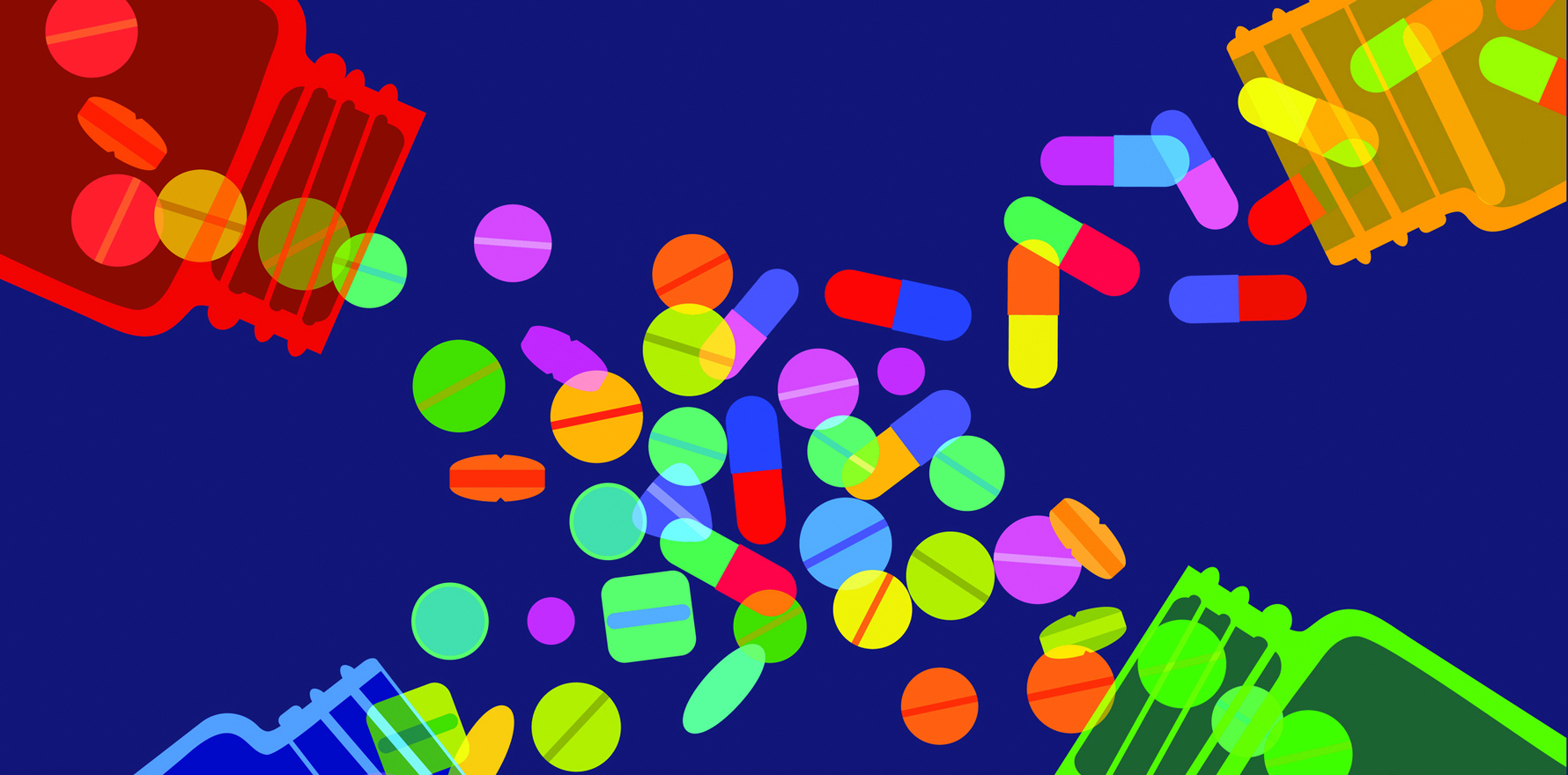Diverging protocols amid the switch to NDIS providers could be to blame for the upsurge
The nation’s largest poisons information line has recorded a sharp rise in calls about medication incidents at group homes amid the transition from government control to private operators.
Jared Brown, manager of the NSW Poisons Information Centre, says the increase has accompanied the ongoing transition to privatisation of group homes under the National Disability Insurance Scheme and appears to reflect diverging protocols.
“The hypothesis is that the NDIS has caused a proliferation of different service providers who provide this care, so there is less government-level governance and we are seeing a divergence in practices,” he said.
The NSW Poisons Information Centre, which covers NSW, the ACT and Tasmania, and also handles after-hours calls from other states, receives more than 100,000 calls a year.
Calls from group homes in NSW alone reached 5000 in 2017 – a jump from 2000 calls in 2008 – with particularly sharp growth in the latest three years. Significantly, this group home increase has occurred amid a decline in overall calls.
A total of 543 calls from NSW group homes last year involved medications given to the wrong client. Some 41 cases were referred immediately for hospitalisation.
To put the error rate in perspective, there are currently approximately 5000 residents in NSW group homes.
Mr Brown revealed the NSW survey results at the Pharmaceutical Society of Australia’s recent annual conference in Sydney, saying the consequences of medication error could be serious for group-home residents who had a range of physical and intellectual disabilities.
“As you can expect, with the kinds of patient groups we are dealing with, these are medicines that are not low-risk medicines. People can be on high doses of things like sodium valproate, quetiapine, risperidone and olanzapine,” the pharmacist said.
“We are dealing with a number of medications that could be risky if given to a naïve person… Sometimes, it is a long list of medications that have been given to someone in error who may be on only one medication.”
GPs and pharmacists could play a role to help staff with no clinical training respond appropriately to dosing errors, he said.
“It is very rare that we find, in these situations, that there is any pre-thought plan except to call Poisons Information when there is a medications incident,” he said.
“So (providers) need to have a think, with their local GP, with their pharmacist, about how to deal with minor mistakes and major mistakes.”
The group-homes study found the vast majority of calls involved minor events that the poisons centre’s on-call pharmacists could deal with comfortably.
Frequently, staff needed simple information that could be provided by a GP; for example, that it would be safe to give a medication within a period of time rather than precisely at the scheduled hour.
They also sought advice about giving medication to drug- or alcohol-affected patients, and to check whether a provided drug labelled with an unfamiliar name was a generic.
“The ones we are concerned about are medications given at incorrect dose times or, even more so, medications that are given to the wrong client,” Mr Brown said.
“The challenge is, as a phone-based service, we don’t have the benefit of being able to read the medications list,” he said. “Sometimes it’s a handwritten medications list they are reading.
“It can be very challenging over the phone, and very time consuming, getting them to spell out individually the names, and often using the wrong letters. We have to use some detective work as pharmacists to work out what medications have been given and take a good history.”
The advent of My Health Record and digital practice, and the establishment of consistent protocols for the sector, could ease these concerns, Mr Brown said.


